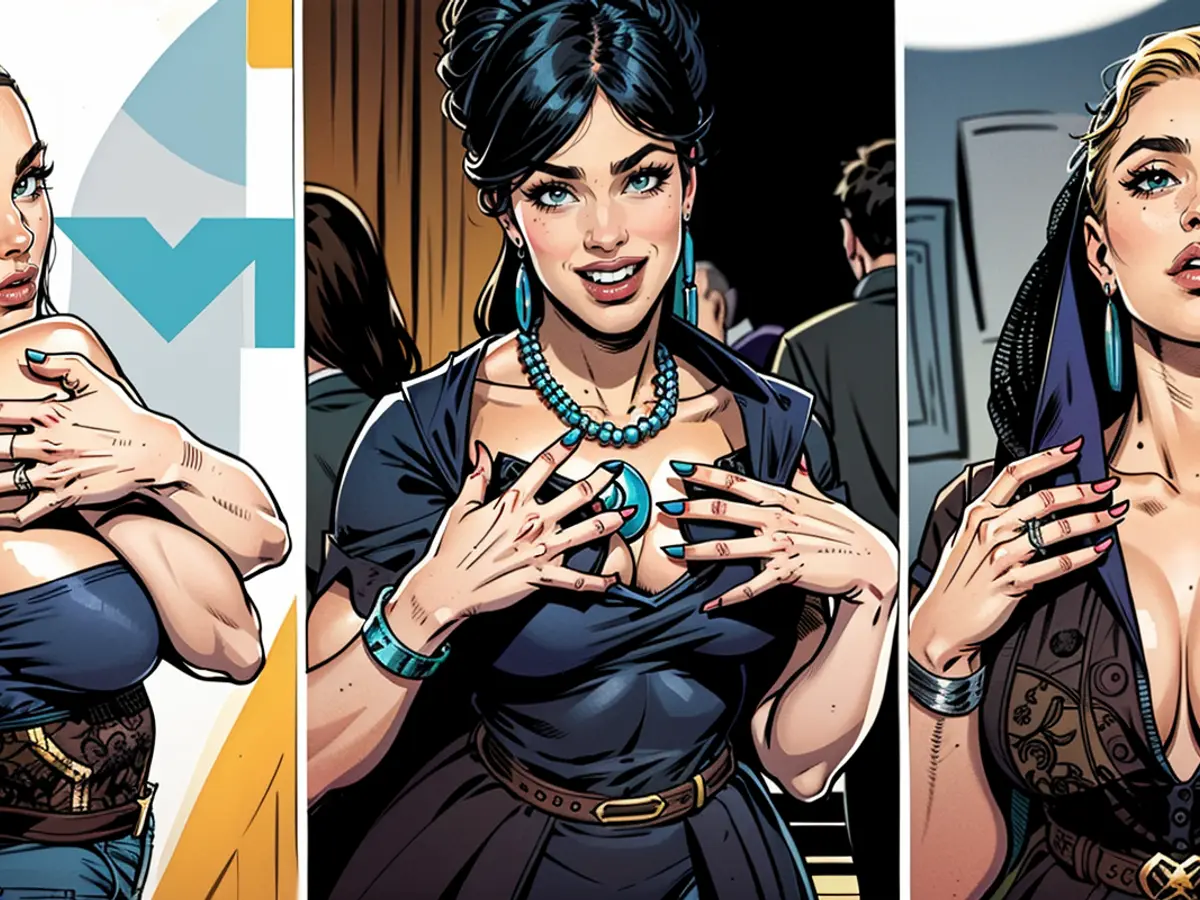Innovative artists are taking nail art to unprecedented sculptural heights.
In the past, Alvear was a student attending Cooper Union's renowned fine arts program in New York City, honing his skills as a painter and sculptor. Most of his time was spent in a shared studio with five other classmates, meticulously working on assignments.
That all changed when someone strolled in with a Sally Hansen polish from Duane Reade, ready to be coated with hues like "Beet It" or "O-Zone You Didn't."

Alvear shared with CNN that he wasn't seriously into doing those manicures, but rather viewed them as "experiments" for fun. He was able to keep the leftover polish for his artwork and Instagram — @byjuanalvear — and produced content that perfectly combined his quirky sense of humor and boundary-pushing art.

Alvear's designs are outlandish, captivating, and nothing short of impressive; they blend storybook fantasy, dystopian surrealism, and a distinct Y2K aesthetic through unconventional shapes and materials like metal spikes, oversized gems, and glossy polishes.

Some of Alvear's signature creations incorporate hyper-realistic reproductions of peculiar real-world objects, such as a "Barbie head ice sculpture" or a "working hourglass," turning an entire hand into a statement. In Alvear's words, it's a "twisted fever dream" where everything "exists in excess for no reason."
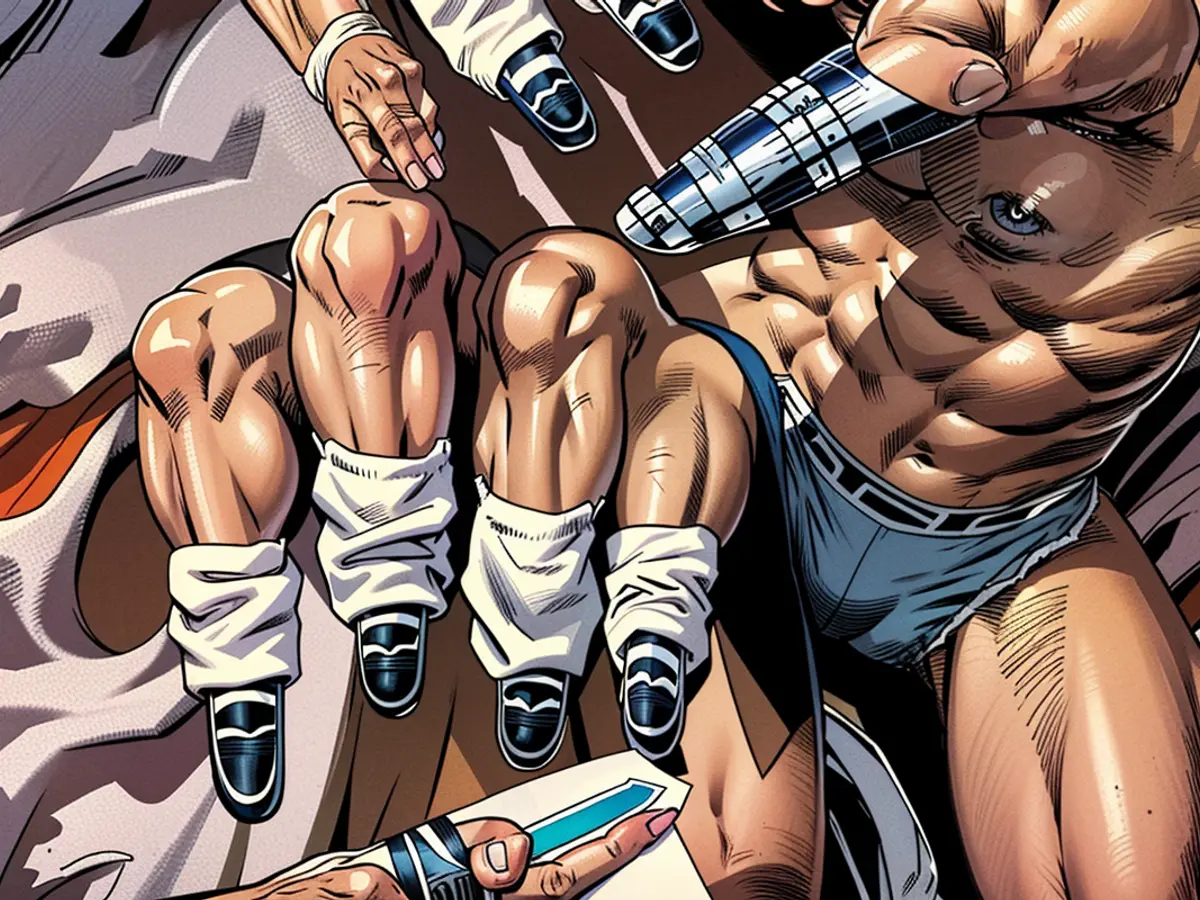
Due to his Instagram following, Alvear earned a dedicated fan base and recognition surpassing his traditional paint and sculpture works. Today, he's one of the most sought-after manicurists in the industry, with his designs regularly appearing in luxury runway shows and adorning A-list celebrities like Lil Nas X, Rosalía, and Charli XCX on the red carpet, magazine spreads, and music videos.
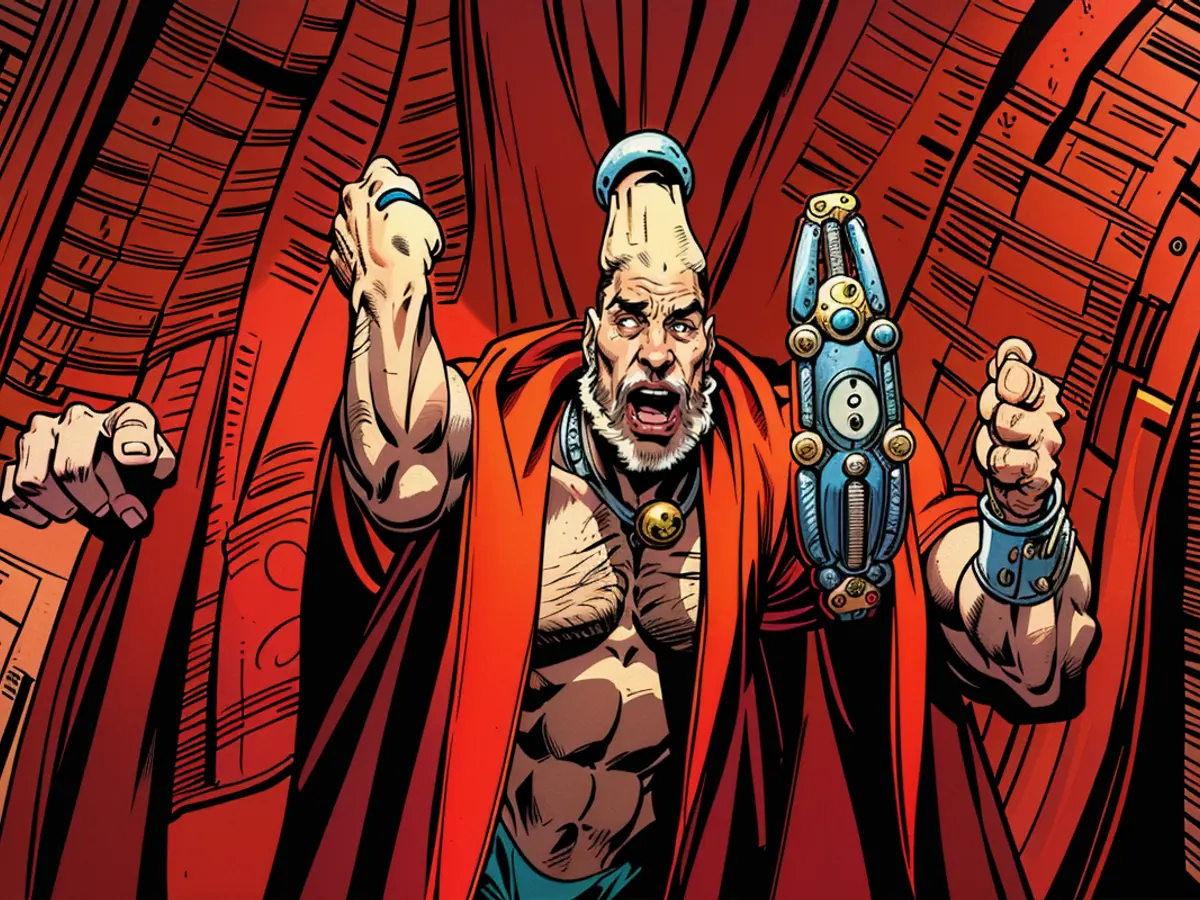
It's hard to pinpoint the exact origin of true nail sculpture, but it's widely believed that Black women pioneered statement acrylics in the 1950s. Artists like Diana Ross and Donna Summer started wearing medium-length acrylics in the '70s, and American track star Florence Griffith-Joiner drew attention as a style icon after breaking world records at the 1988 Olympics while sporting red, white, and blue acrylics. Throughout the '90s and '00s, statement nails remained prominent in hip-hop culture and beauty trends.
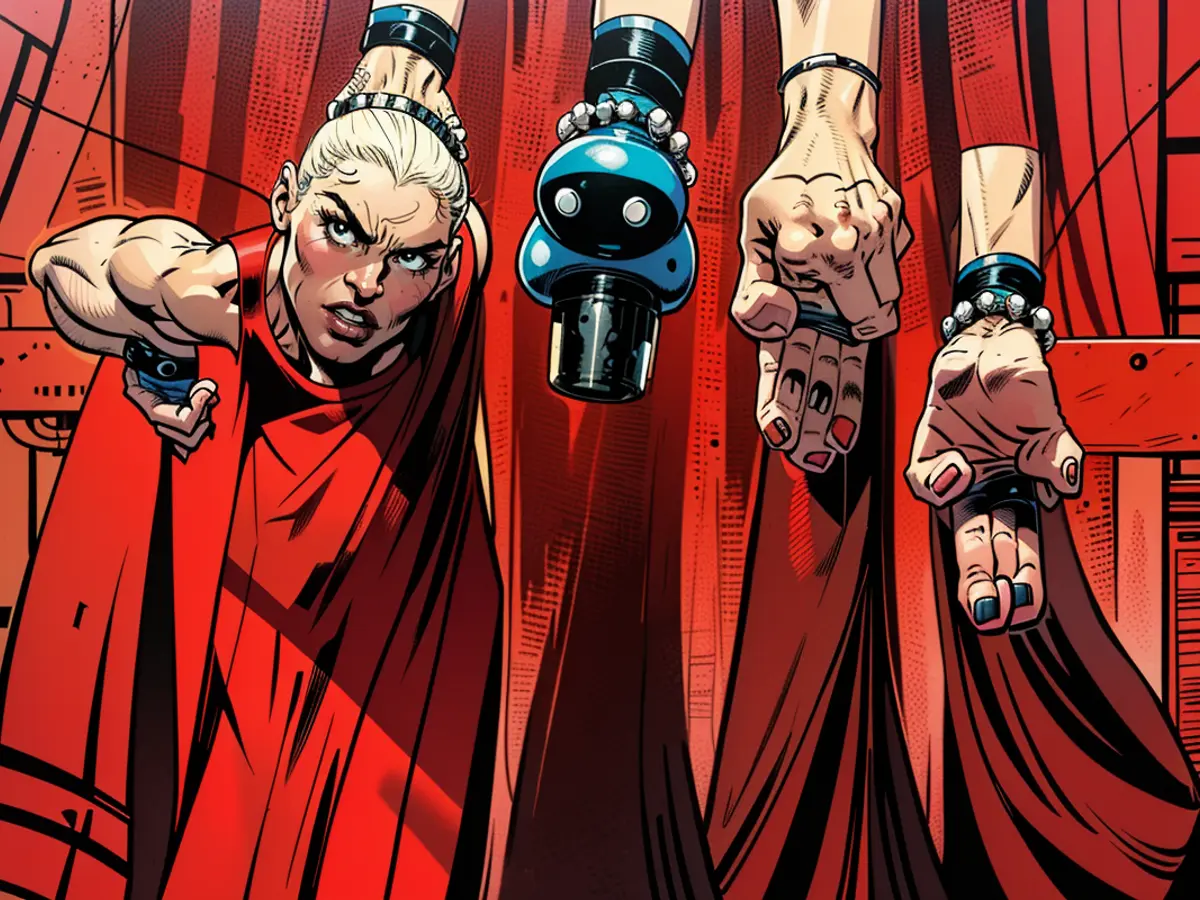
However, around the early '00s, offbeat sculptural sets began to emerge in Tokyo's fashionable Shibuya District. Pioneering artist Mei Kawajiri is credited for being one of the first to open a "Shibuya style" nail salon during the mid-'00s, where she created 3D sculptures of sweets, fruits, and other playful subjects. Like Alvear, Kawajiri has amassed a large online following and secured editorial gigs, couture fashion campaigns, and a roster of celebrity clients.
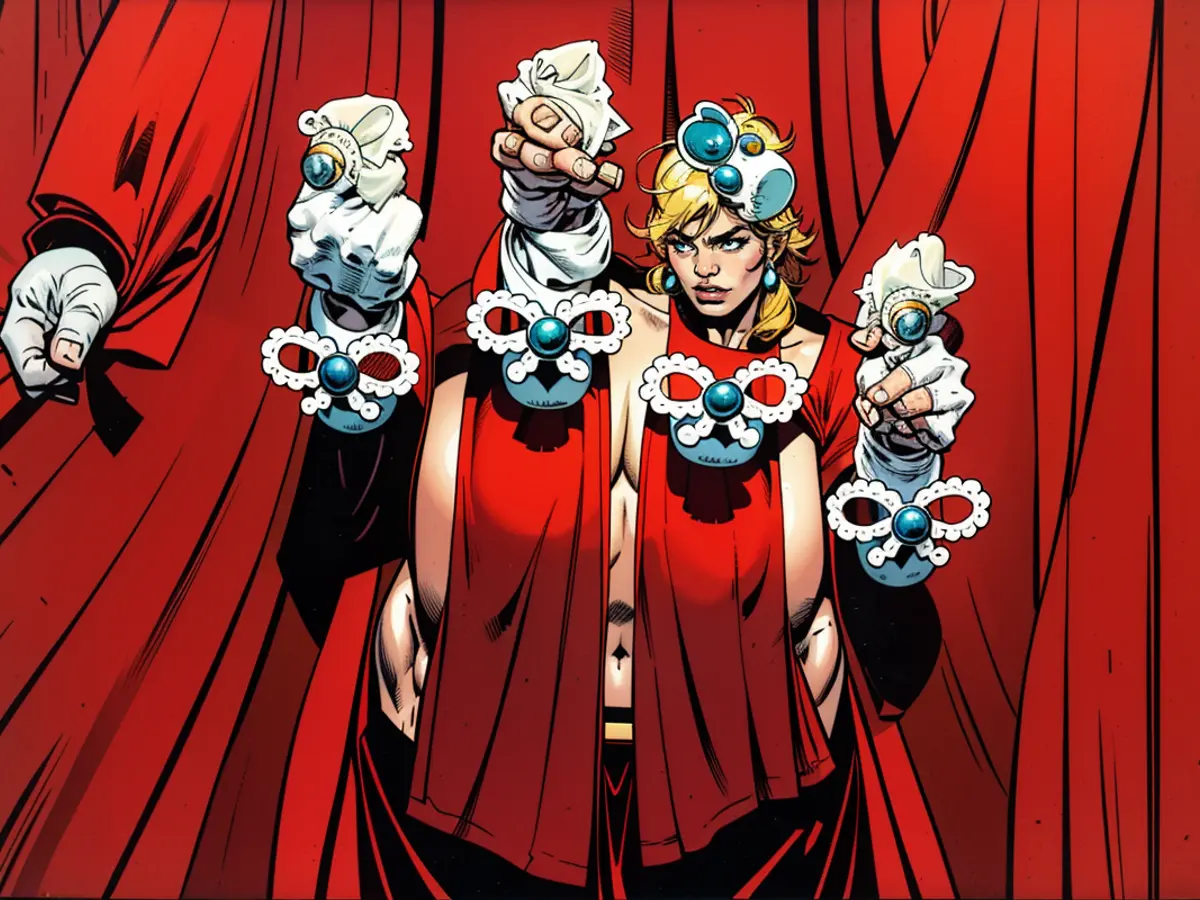
Unlike Alvear's ostentatious creations, Kawajiri is more interested in practical designs suitable for everyday use. Despite this, she noticed Alvear-inspired designs becoming popular on TikTok and Instagram during the Covid-19 lockdowns, with individuals experimenting with their manicures at home and increasing interest in sculptural nails. According to Kawajiri, Alvear's work played a significant role in making sculptural nail art "go viral" during this time.
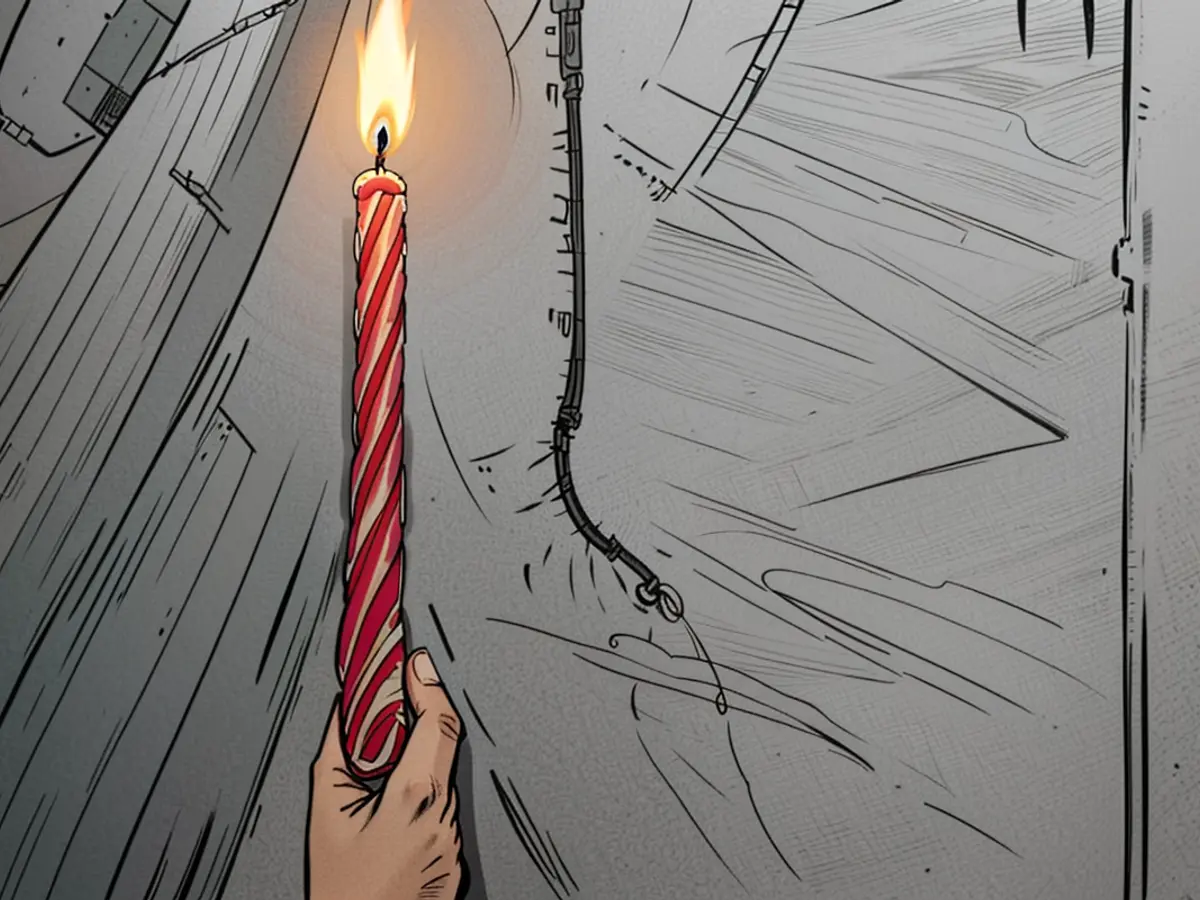
Interest in sculptural nails has skyrocketed, with over 34.4 million TikToks using the hashtag "#3DNailArt," celebrities making headlines with their surrealist nails, and the rise of new artists like Morgan Gilbertson, who gained viral fame with her intricate tea set nails last year.
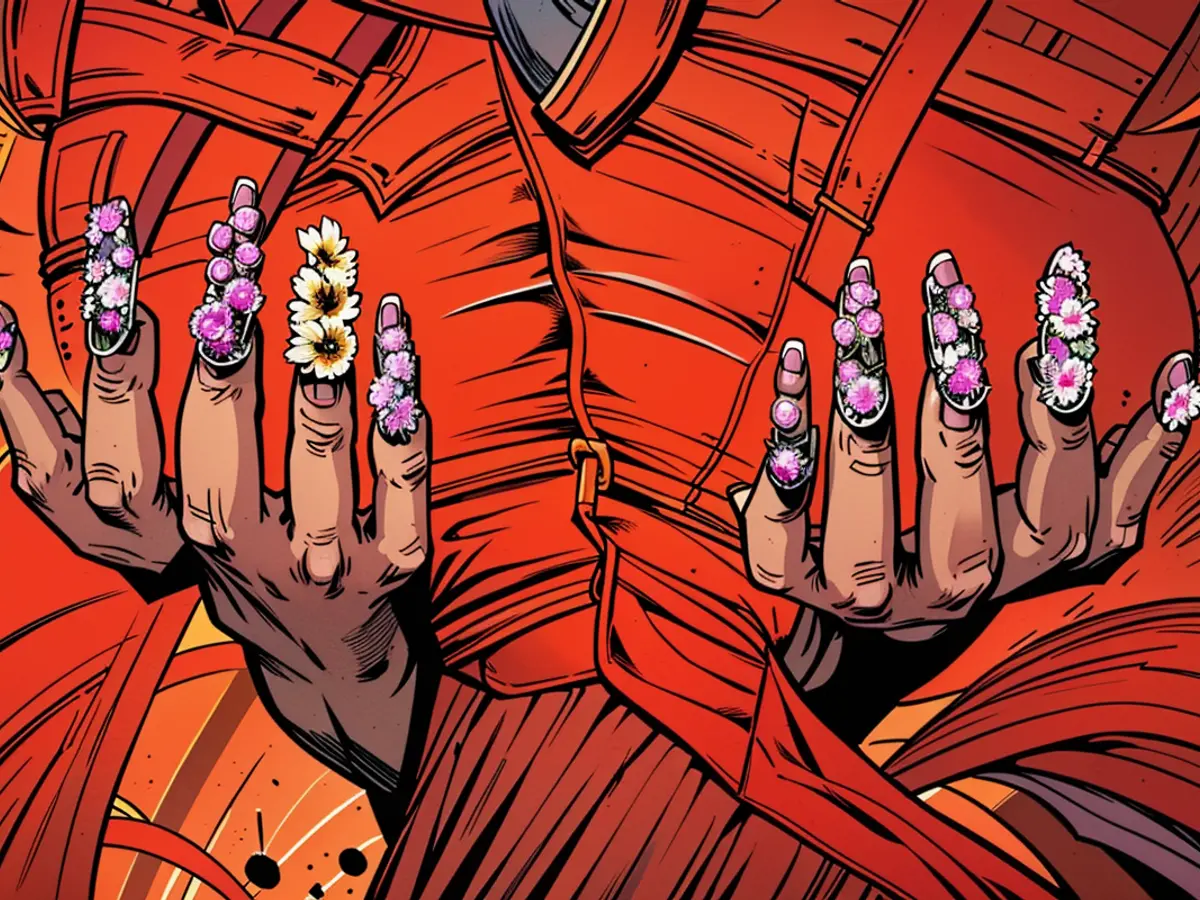
"I guess it's just this unusual thing I kinda stumbled upon," Alvear added, mentioning his upbringing influenced by traditional thoughts on what makes something 'art.' Beauty, as Darks pointed out, has often been associated with self-maintenance and self-care rather than seen as a representation of the body as an artistic canvas. This leads to a lack of recognition for hair stylists, makeup artists, and nail artists in traditional art spaces like 'white cubes.'
The art of nails, in particular, has been overlooked compared to hairstyling, which has been showcased at the Musée des Arts Décoratifs in Paris. Makeup artistry, however, has found its way into white cube exhibitions, exploring the relationship between makeup and politics or collaborating with brands like Pat McGrath Labs, Le Labo, and Estée Lauder, all in the name of temporary exhibitions and the institution's permanent collection. Nail art displays, on the other hand, are usually held at independent galleries like DegreeArt.com's modest show in 2011 or the CND-sponsored exhibit at the Oceanside Museum of Art in 2019.
However, some believe this trend is shifting. Shows like "ACRYLICS" have aimed to elevate the practice, placing it on a pedestal or a gallery plinth, as Alvear's solo show at the Treize Gallery in Paris showcased several fingernail sculptures that beautifully blended the realms of fine art, design, and the beauty industry.
"I think the shift is this growing recognition and acceptance that nail artists aren't just doing something 'low-brow,'" Darks stated, admiring how these artists recreate masterpieces by artists like Basquiat and Van Gogh on tiny surfaces.
This shift, according to both Darks and Alvear, is encouraging galleries and curators in the art world to explore multimedia concepts from 'beauty-led mediums.' The only real difference is substituting traditional acrylic paint with acrylic sculpting gel.
Alvear's Instagram posts featuring his manicure experiments showcased a unique blend of his artistic style and quirky sense of humor, often incorporating glossy nail polishes into his unconventional sculptures.
The growing recognition and acceptance of nail art in the fine art world has led to the creation of shows like "ACRYLICS," which place nail sculptures on a pedestal, highlighting the skill and artistry involved in this often overlooked medium.
